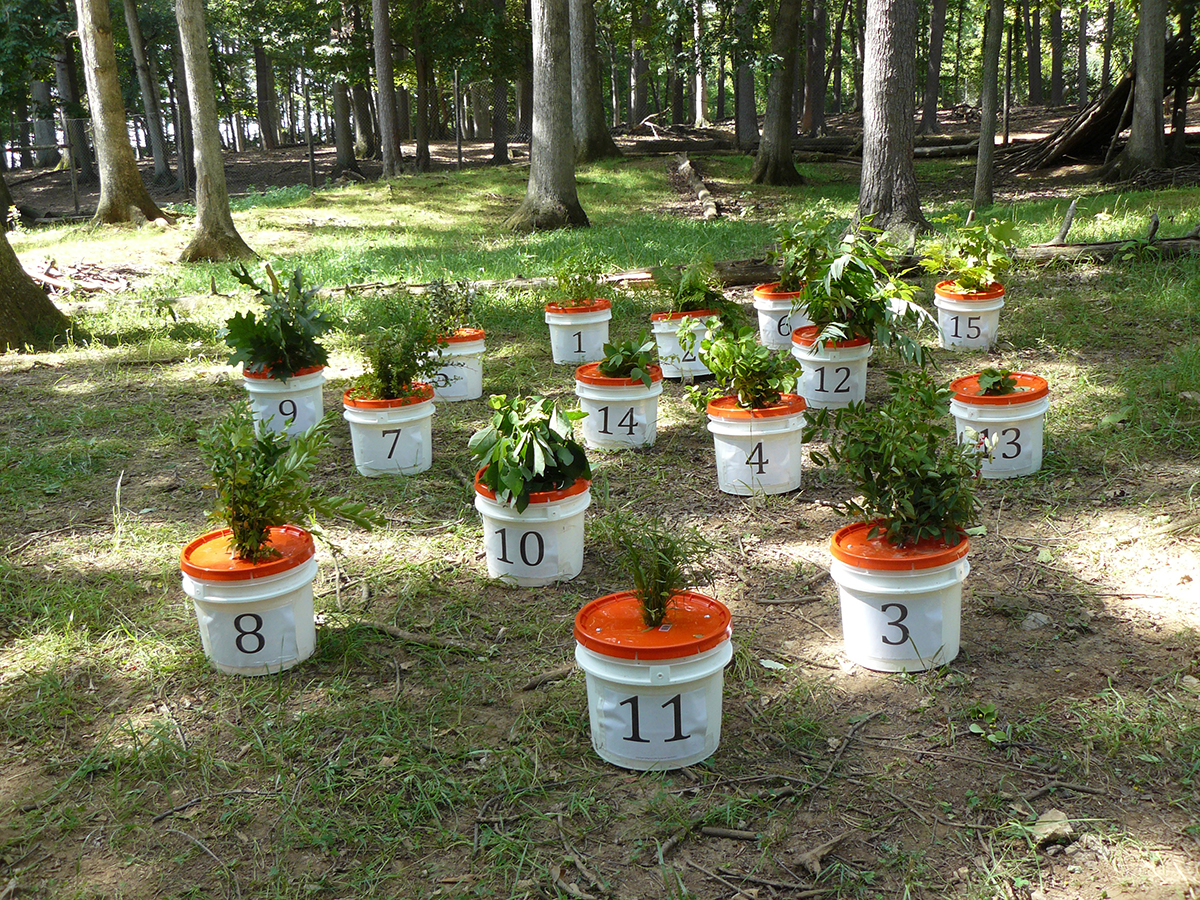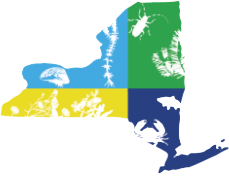By Krishna Ramanujan
The dietary preferences of deer may be promoting the spread of such invasive species as garlic mustard, Japanese barberry and Japanese stiltgrass, according to a new study that tested white-tailed deer preferences for seven native and eight invasive plants commonly found in the northeastern U.S.
“Deer avoid certain invasive plants that are increasing in abundance in natural areas, suggesting that deer are causing unpalatable species to spread,” said Kristine Averill, a research associate in Cornell’s Section of Soil and Crop Sciences and the lead author of a study recently published online and in an upcoming print issue of the journal Biological Invasions.
The invasive herb garlic mustard, for example, has spread throughout the United States in the last 150 years and has become one of the worst forest invaders, especially in the Northeast and Midwest. In some areas, it has become the dominant forest underbrush plant, outcompeting native plants and reducing species diversity.
Garlic mustard contains chemicals to defend against being consumed, while Japanese barberry has spines, which could explain why deer don’t eat these species.
Study results showed deer prefer some introduced invasive plants – such as Oriental bittersweet, common privet and Morrow’s honeysuckle, as well as some native plants including Virginia creeper and red maple.
Within the limited number of species sampled in the study, deer favored native species overall, though they avoided native hay-scented fern, which is considered a “native invader” and is spreading in areas of forest underbrush where deer are also quite abundant.
“It’s pretty revealing that the findings we had in this study correspond to what we have been seeing in the field and confirm that deer preferences play a major role in community assembly,” Averill said.
Still, some invasive plants that deer seemed to highly prefer are increasing in abundance in natural areas, which may be because these plants produce fleshy fruits, which deer eat and then the seeds of the plant are spread in their feces, Averill said.

Photo Credit: Kristine Averill/Cornell Chronicle

